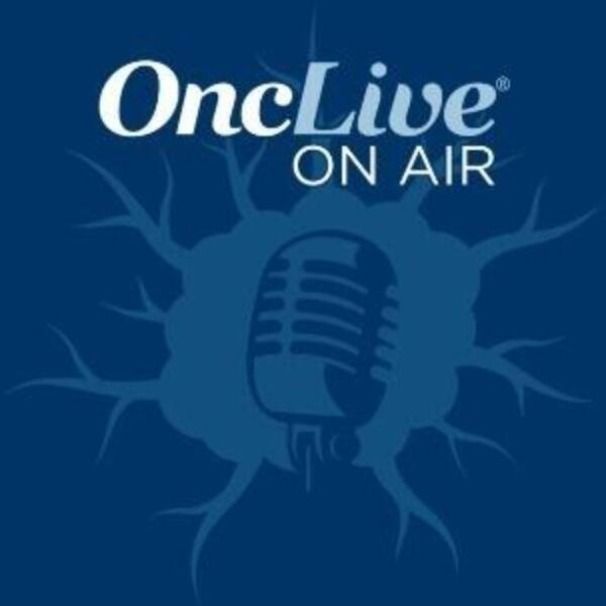Video
GBM Emerging Strategies in Immunotherapy
Transcript:
Andrew S. Chi, MD: In general, with immunotherapy, we’re learning that there needs to be a combination of various mechanisms to activate the immune system against the tumor. One single modality won’t be effective. It remains to be seen which of the current strategies, that are out there, are going to be the most effective in combination. There are various strategies out there that work to increase the T-cell infiltration into these tumors, using various immune checkpoints. There are also different strategies that try to vaccinate the tumor.
One historical way that has been used to try to incite an immune system response against the tumor is with oncolytic viruses. Oncolytic viruses are now being engineered to not only be safer, but they are also engineered to potentially produce cytokines that induce the immune system around the tumor. I think that’s a particularly interesting strategy. These oncolytic virus trials are just getting into human trials. Some of these trials are combining with immune checkpoint inhibitors. We think that is a potential strategy that might overcome expression in these tumors.
Other strategies that are being investigated are immune checkpoint inhibitors in combination with other immune checkpoint molecule inhibition, or co-stimulation. Things like LAG-3, TIM-3, and IDO are combinations that are also entering phase I trials in glioblastoma. It remains to be seen which of these strategies will be most effective, or effective at all, in glioblastoma.
Another arm of immunotherapy is CAR T-cell therapy. There’s been an occasional response with certain specific CAR T cells, particularly one against IL-13R, which was published in a significant journal. A patient had an exceptional response to a CAR T-cell therapy that was directed against IL-13R. That really highlighted the potential and the potency of immunotherapy in glioblastoma. On the other hand, it may have represented one of the reasons why we still have some work to do in immunotherapy. In CAR T-cell therapy, one of the principles is that if it’s going to work, the antigen that the CAR T cell is being directed at needs to be on the surface of the tumor cell and on every single tumor cell. If it’s not on a specific tumor cell, that tumor cell can survive, multiply, and repopulate the tumor.
The investigators who are studying CAR T cells and glioblastomas are observing a phenomenon. They’re observing that with EGFRvIII CAR T-cell therapy, as well as with IL-13R CAR T-cell therapy. It really demonstrates the potency, in some of these trials. They really see that the clones in glioblastomas that have that antigen get eradicated. The problem is, the clones that don’t have that antigen on the surface proliferate. That gets into one of the hallmark problems in glioblastoma: the intratumoral heterogeneity of these tumors and the lack of a clonal antigen on the surface of all of these tumors. Again, human telomeres have been identified as a clonal aberration in every single tumor cell. However, human telomeres are intracellular proteins. In CAR T-cell therapy, if there is an antigen that’s expressed in all tumor cells, and it is tumor specific and is not expressed in the host nontumor cells, that could be an incredibly attractive strategy.
Antibody—drug conjugates are also being investigated in glioblastoma. They also show significant promise. There are some antibody–drug conjugates that are in late stage development in glioblastoma. One, in particular, is an antibody drug conjugate against activated EGFR. EGFR is a surface protein, whether in mutated or nonmutated form, that’s overexpressed in the vast majority of glioblastomas. There are ongoing phase III trials looking at antibody drug conjugates against EGFR. The efficacy data are forthcoming. But, again, as long as we identify a surface marker that’s in the majority of tumor cells, it remains to be an attractive strategy.
Dendritic cell vaccines are also a strategy that’s been developed, now, for a bit of time—at least 10 years or so. It uses the principle of driving educated T cells into the tumor to effectively kill tumor cells. There’s a current phase III trial with a dendritic cell vaccine in glioblastoma. There are several strategies to do this, but this educated patients’ autologous dendritic cells against tumors, either tumor-associated peptides or patients’ own tumors, and then uses that as a vaccine strategy to bring T cells into the tumor.
The next step may be to add immune checkpoint inhibitors with dendritic cells to try to increase the efficacy of the dendritic cell vaccines. That’s another strategy. There are several strategies. It remains to be seen which one will really be the most effective or will be effective at all. But I think a number of these show promise. We just need to test them, in clinical trials, to see which will work.
Transcript Edited for Clarity








